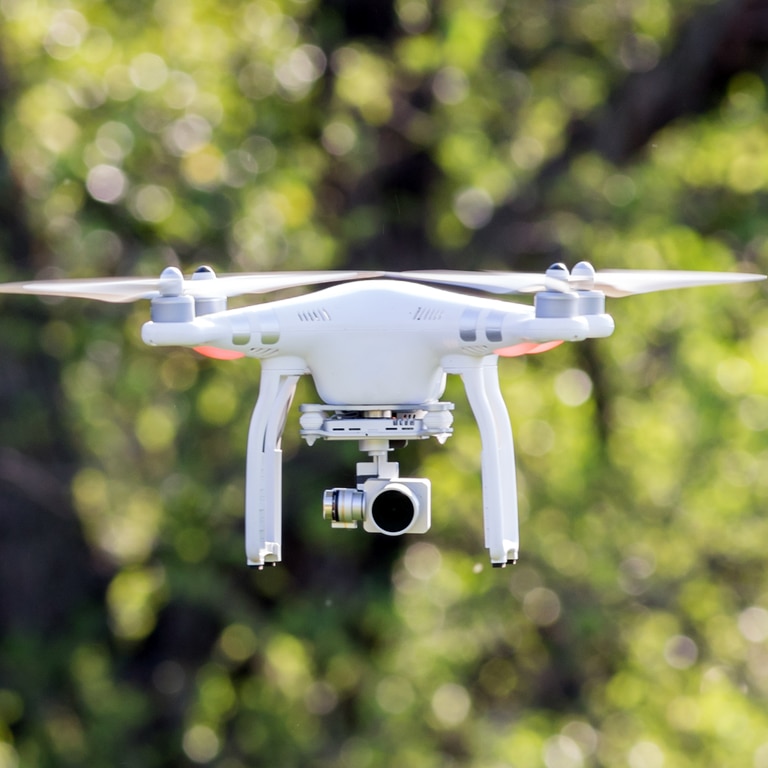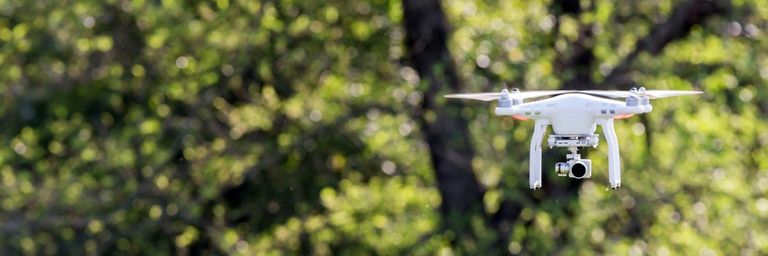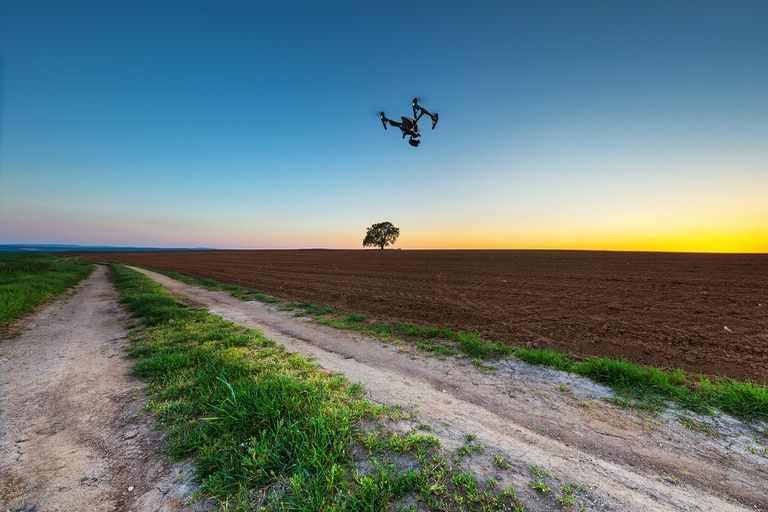Dà-Jiāng Innovations Science and Technology Co, best known as DJI, took the global drone landscape and airscape by storm in only a handful of years. We explore how DJI achieved success through its tight supply chain management and extensive R&D
Wholesale and distribution partnerships
Headquartered in Shenzhen, China, DJI has a story like few other Chinese companies. In a short period of time, DJI was able to essentially create the drone market by leveraging a customer base to create successful products with its massive base of engineers.
The stigma surrounding Chinese products is that they are in some form or fashion a cheap knockoff of other famous products - but this claim couldn’t be further from the truth for the DJI brand.
Hailing from Shenzhen, China, a city that is infamous for its large concentration of copycat brands, DJI has been able to dominate global markets and start to earn comparisons as the “Apple of the drone world.”
Unlike most Chinese companies, DJI has been able to successfully expand and beat out massive competitors, such as GoPro. The DJI product line has expanded from consumer products for recreational photography to commercial solutions for construction, real estate, military, and emergency services.
With its massive product line potential comes the requirement to form sustainable long-term B2C and B2B wholesale relationships and processes.











